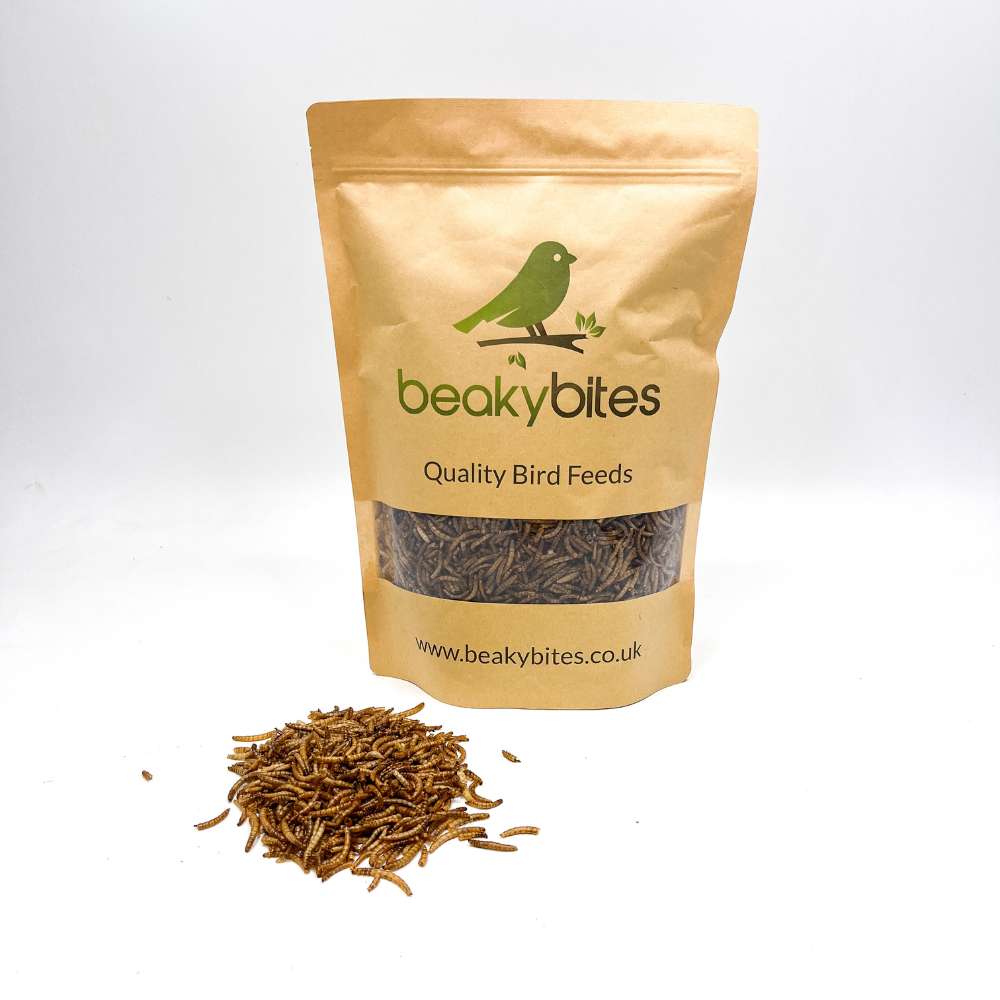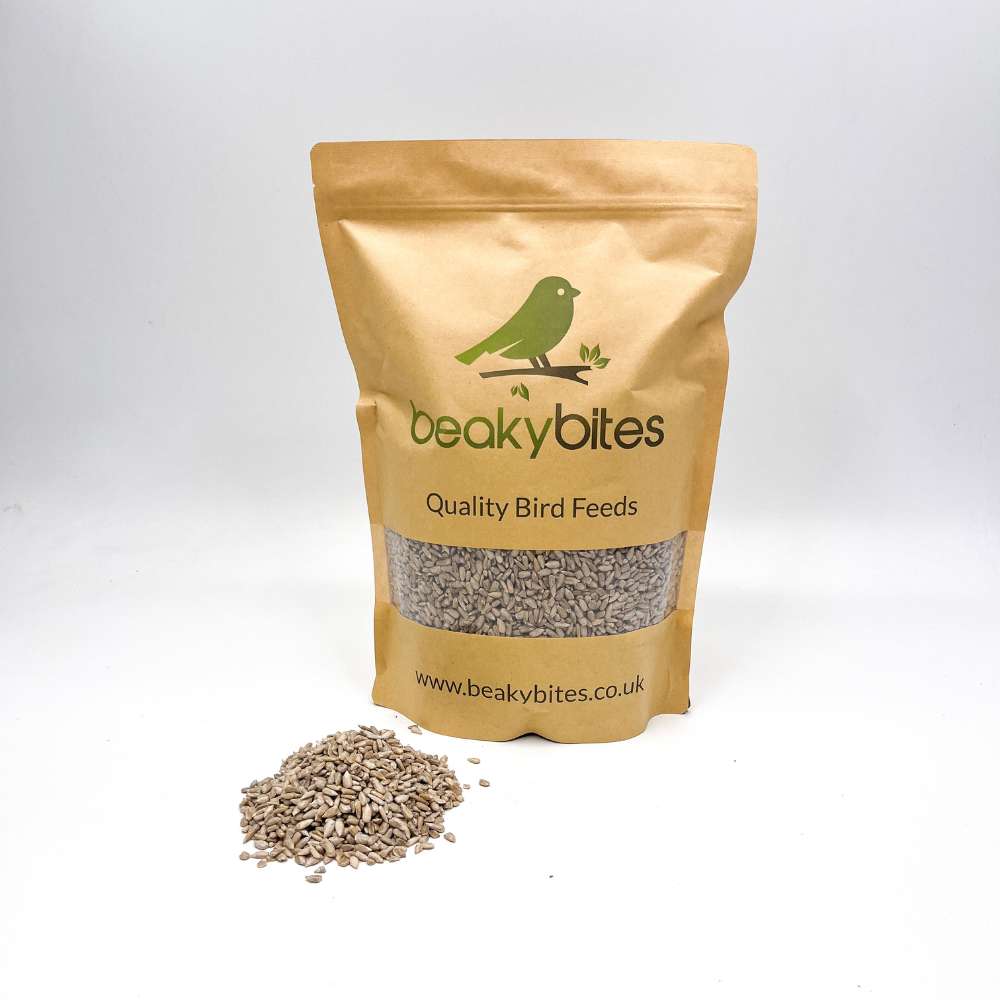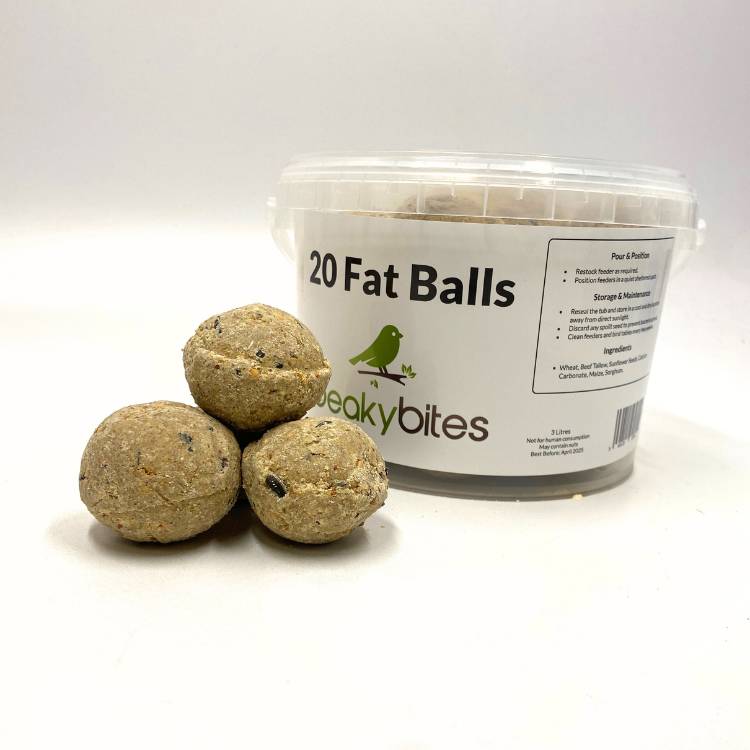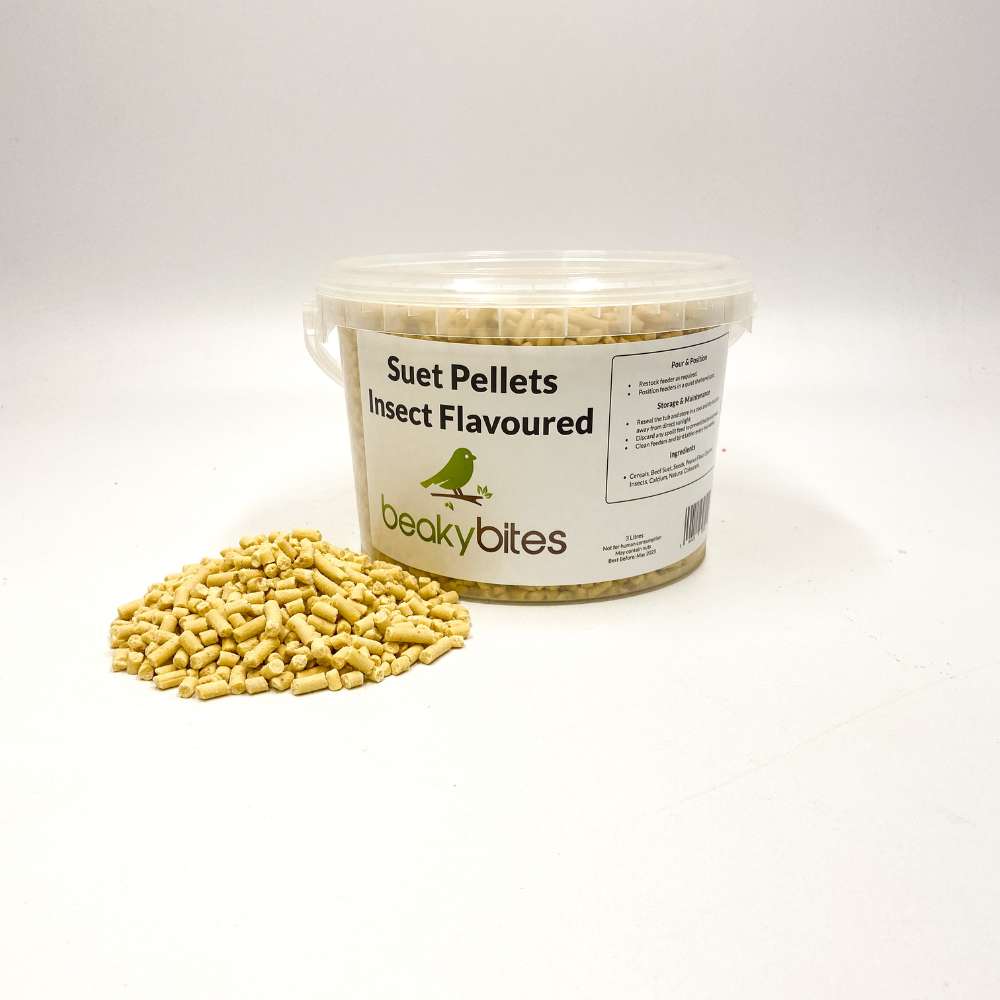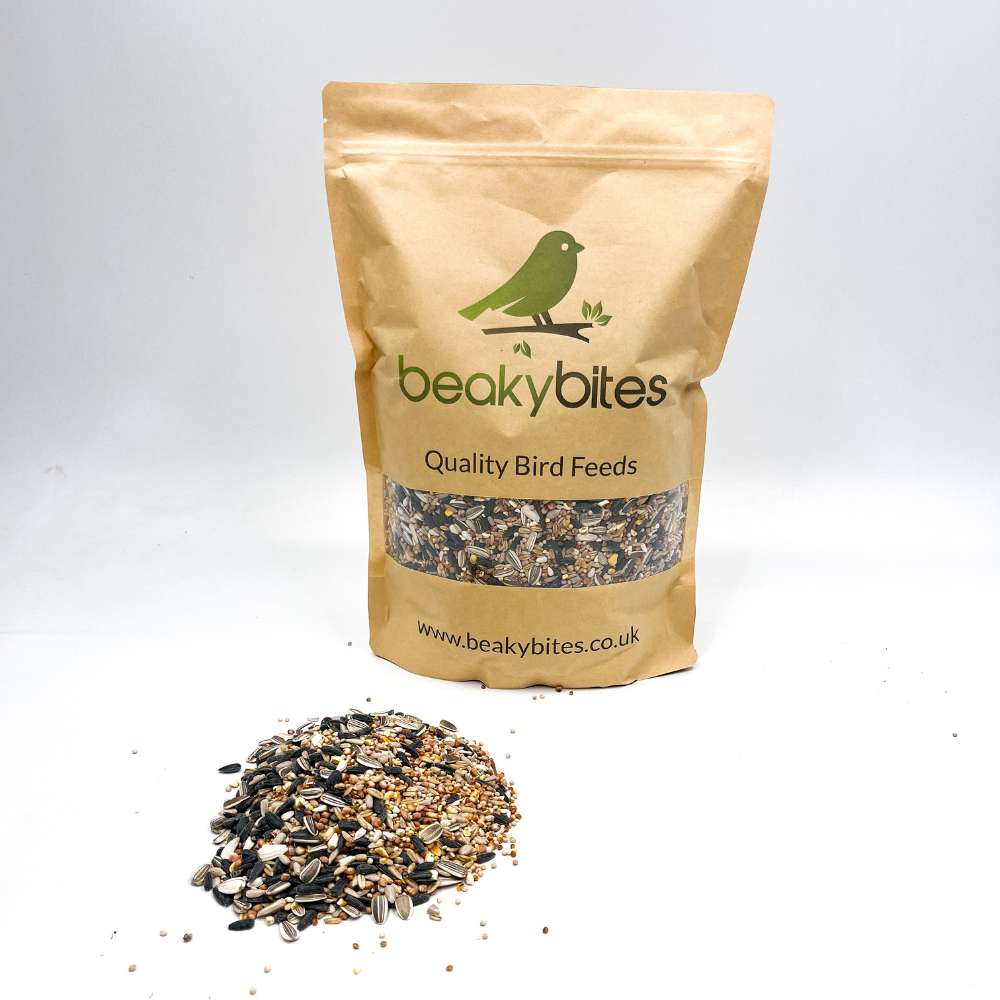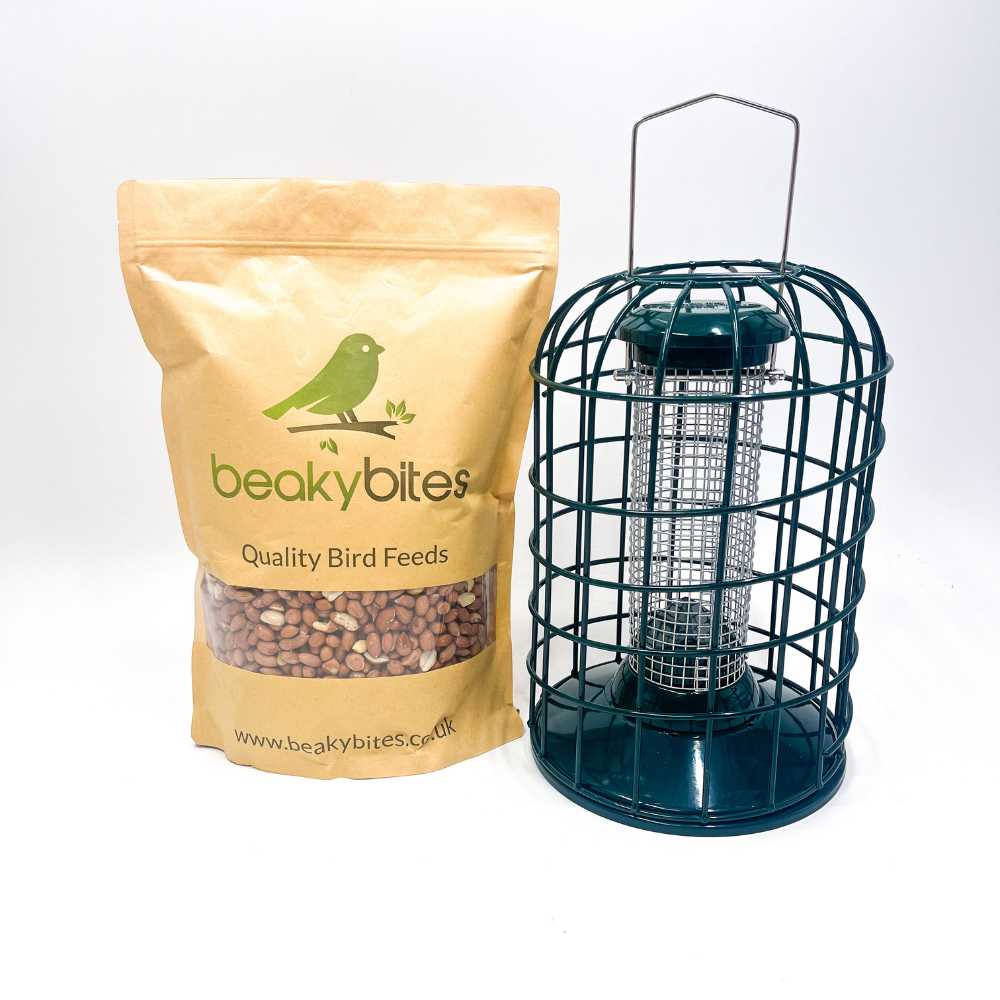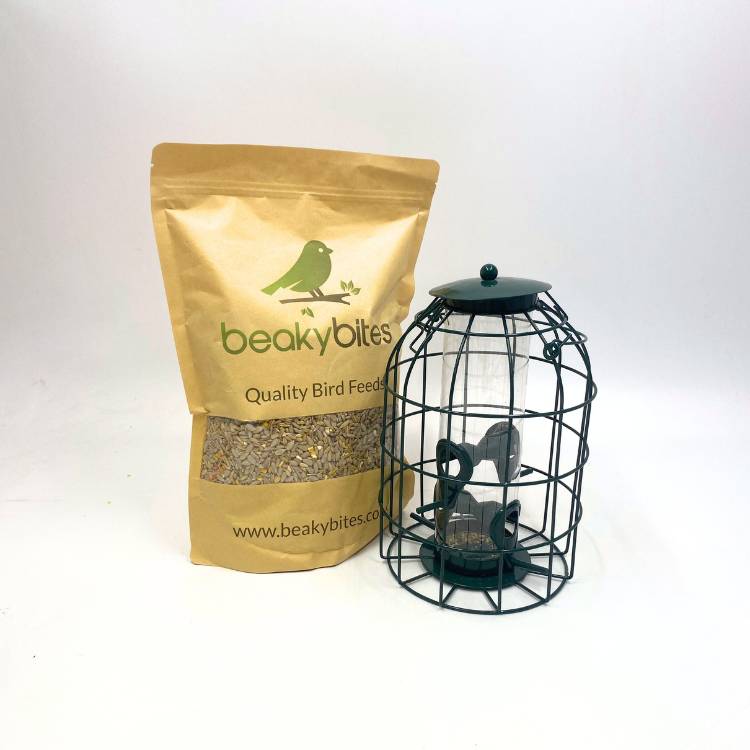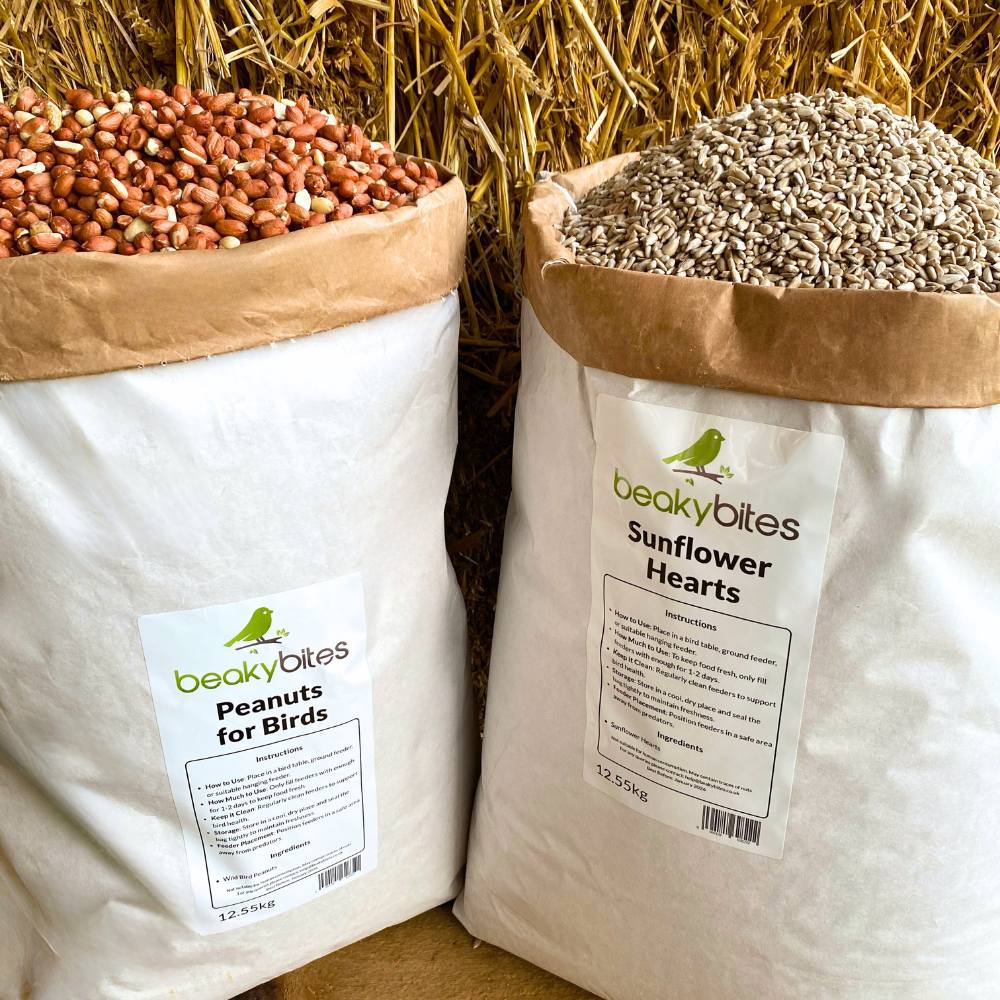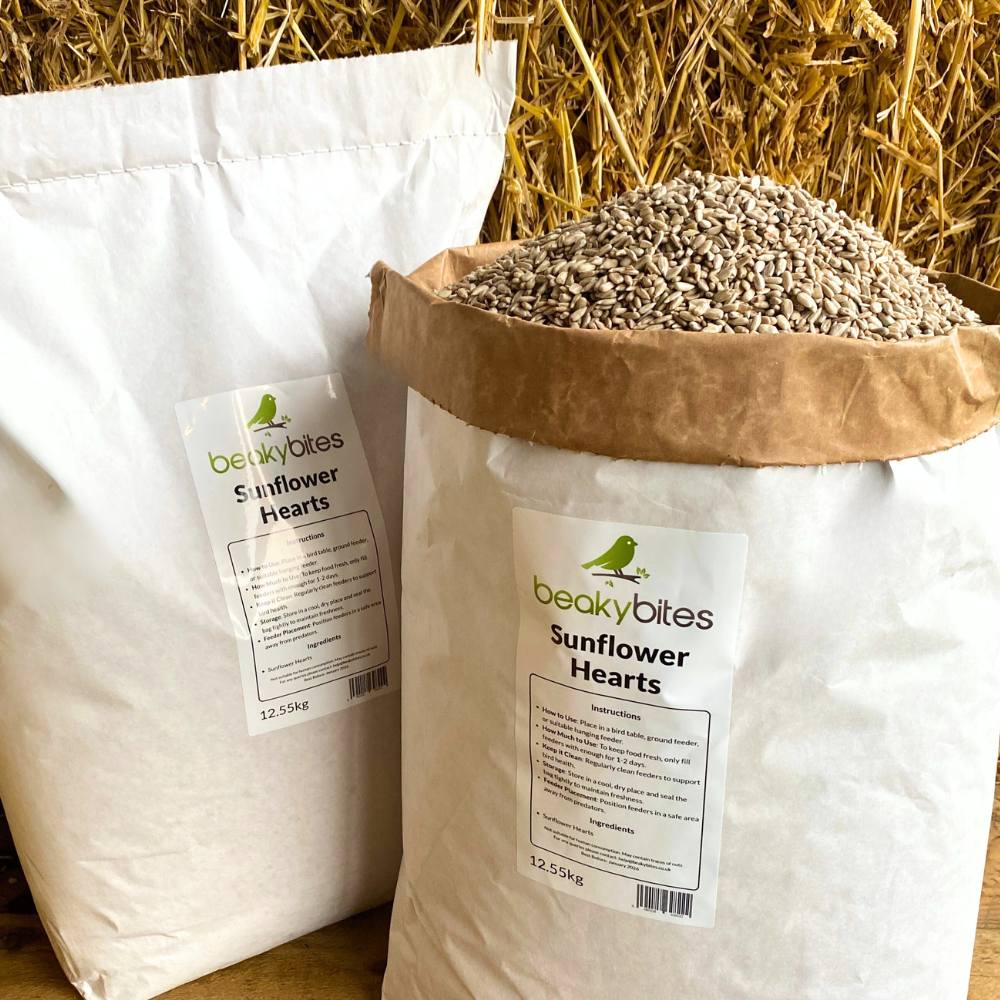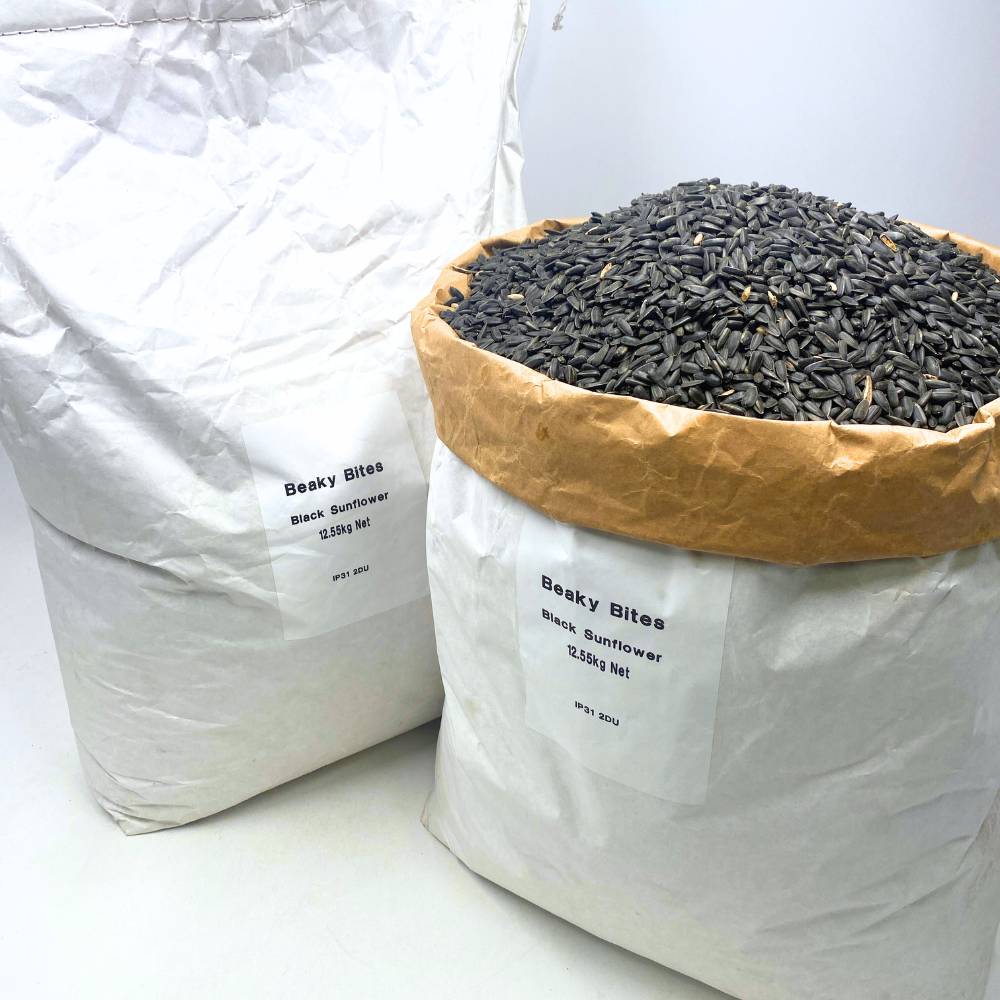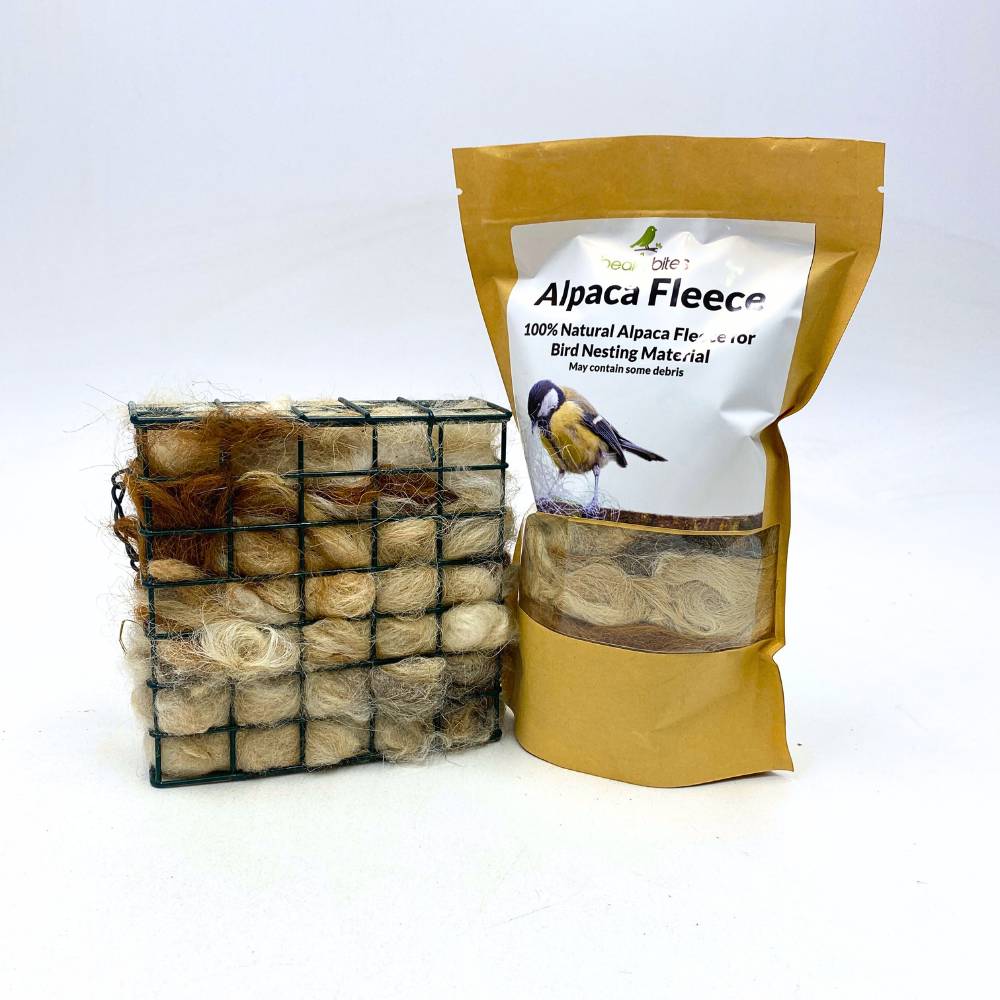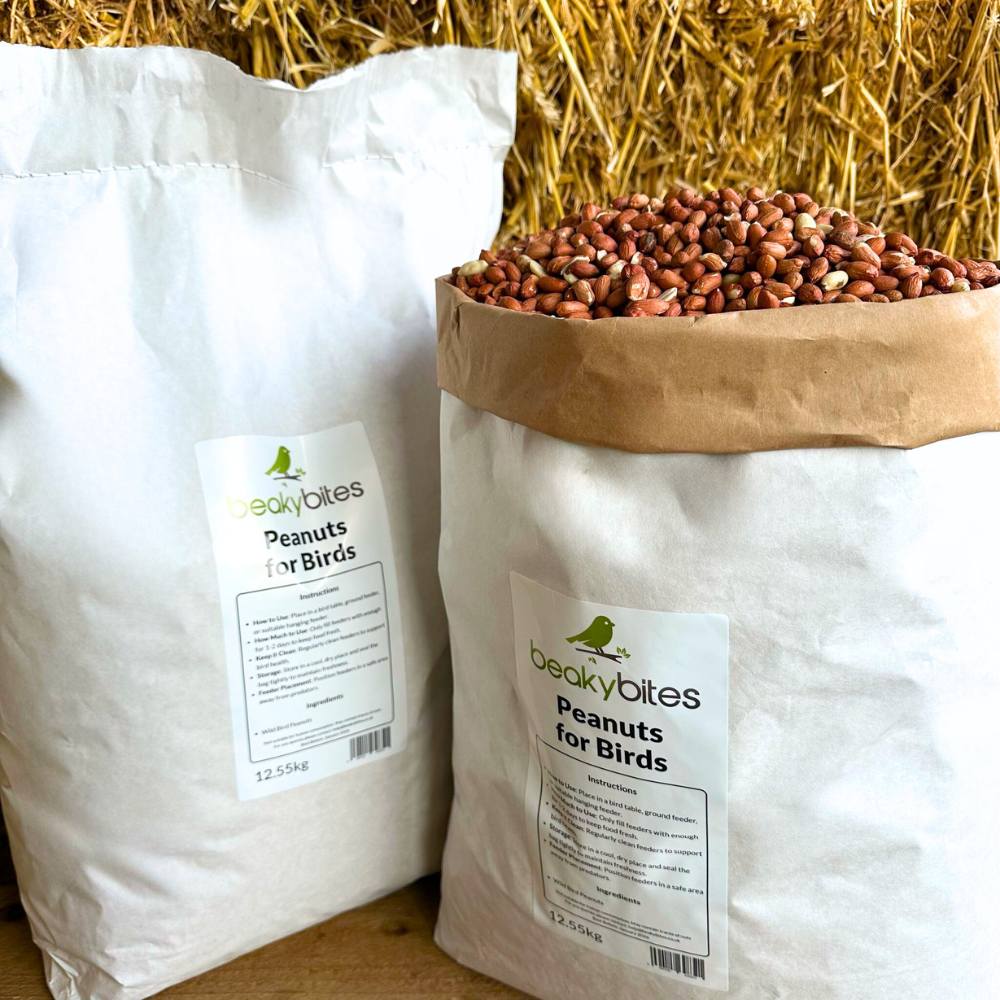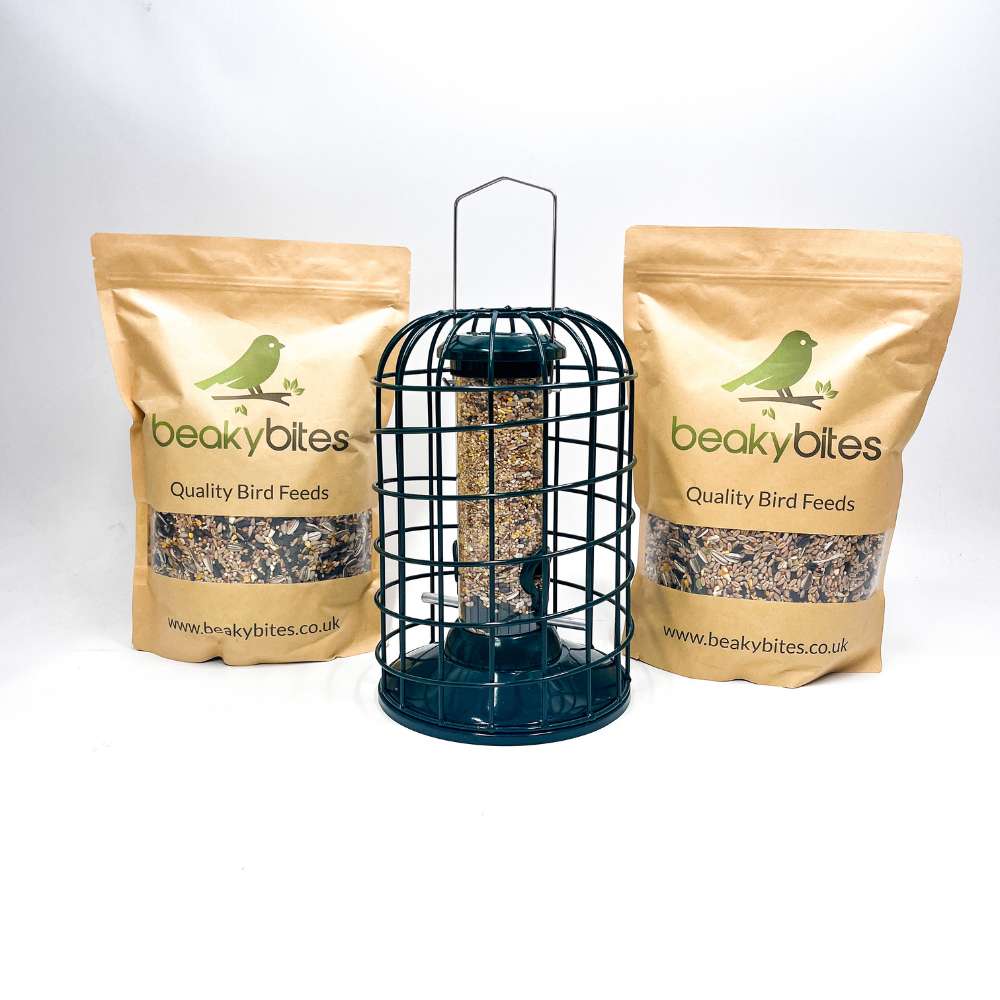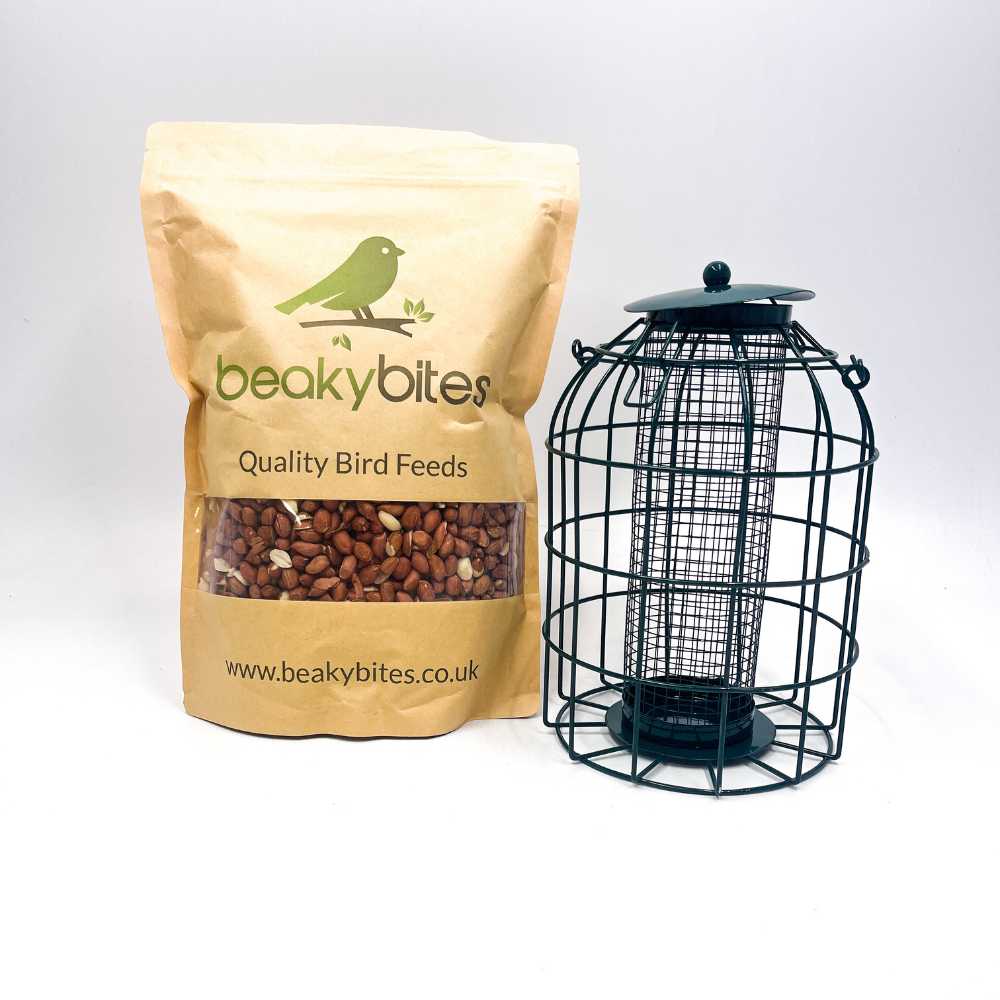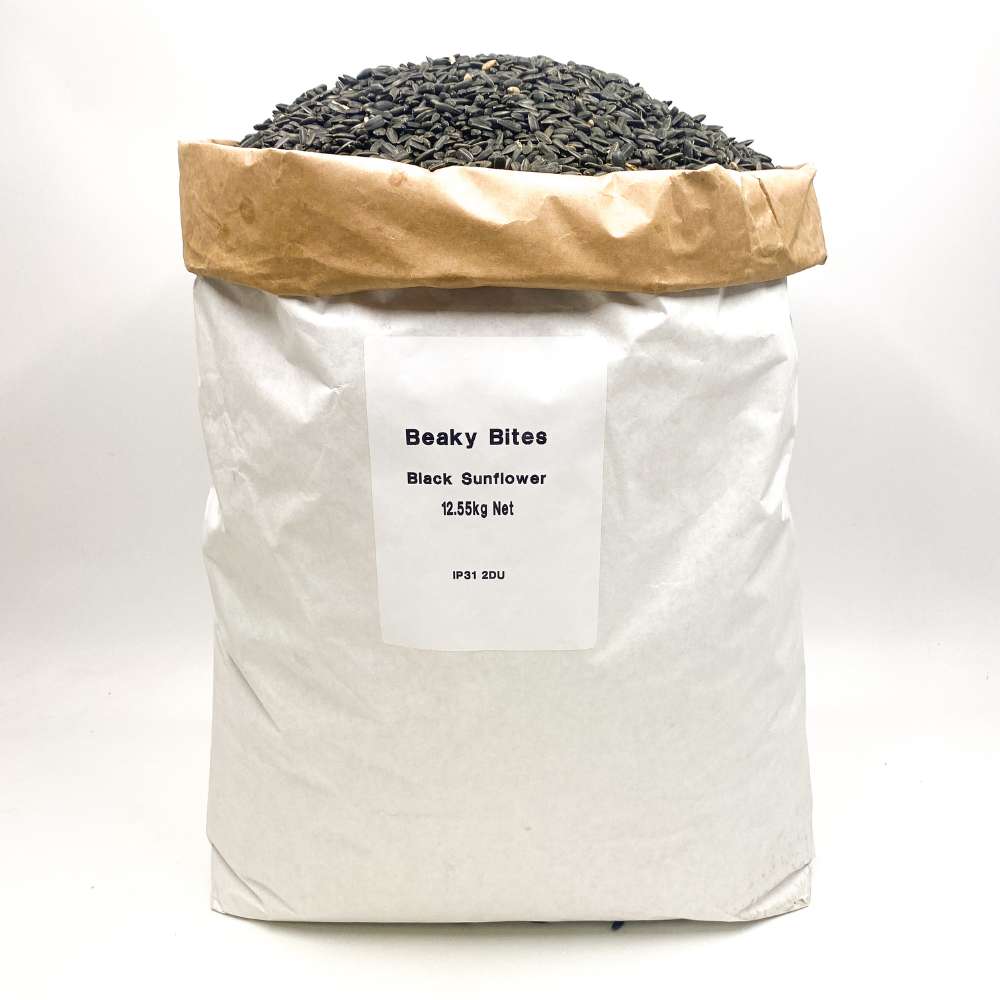Attracting Small Birds: The Best Wildflowers for Your Garden
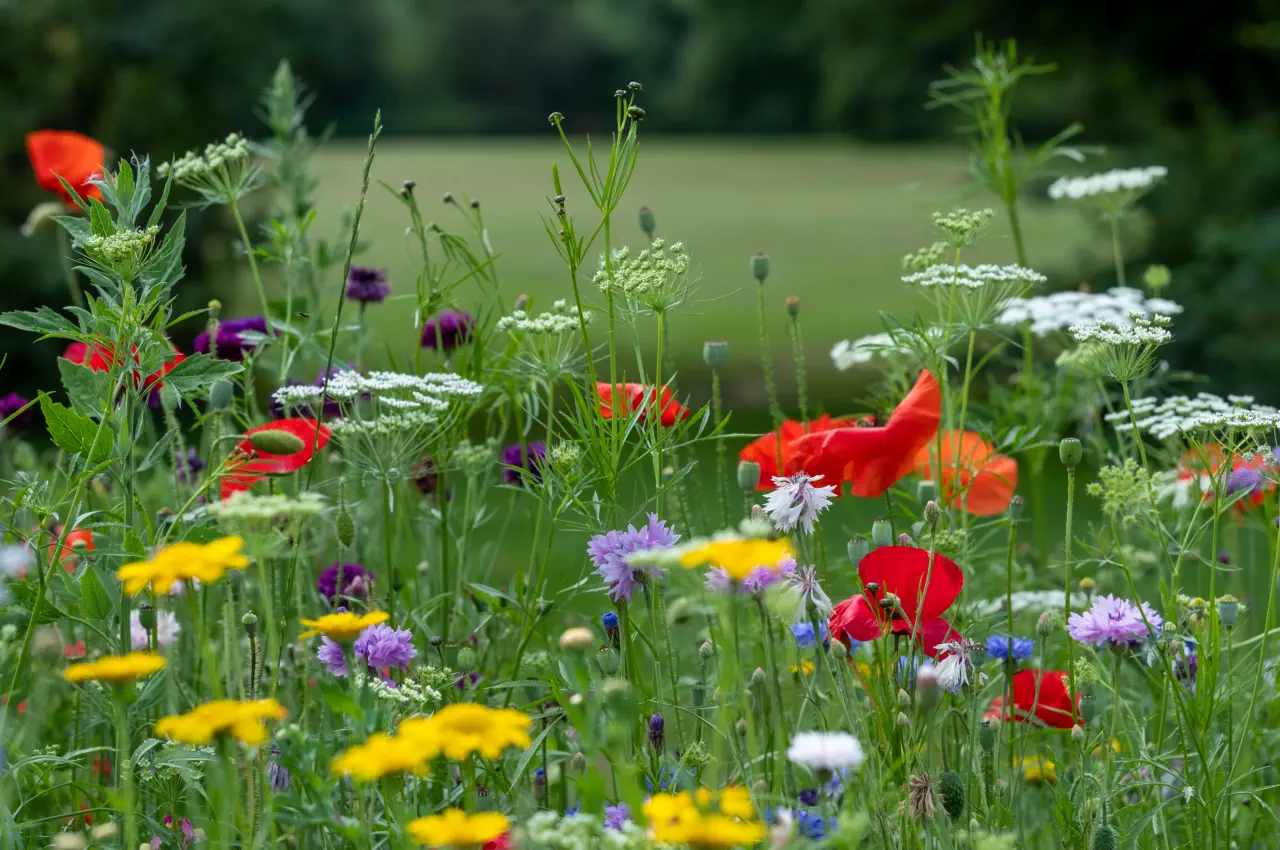
Turning your garden into a haven for small, fluttering friends does not require acres of space or tremendous effort. If you're eager to witness an array of colourful feathers gracing your garden this season, planting the right wildflowers is paramount. In our post today, we will explore the top wildflowers that are not only stunning in their beauty but serve as irresistible bird magnets throughout the year. From vibrant foxgloves to fragrant honeysuckles, prepare to transform your wildlife garden into a scenic playground for small birds.

If you're passionate about attracting small birds to your garden in the UK, planting the right wildflowers is key. These charming and vibrant blooms not only enhance the beauty of your landscape but also provide a valuable food source and shelter for various bird species. But with a plethora of options available, so how do you select the best wildflowers for UK birds?
- Native Wildflower: native plants that have evolved with the birds and are best suited to their needs, such as Knapweed, Teasel and Cornflower
- Production of Seeds/Berries: produce a varied diet, making feeding the birds more natural.
- Think beyond the birds: Try putting in wildflowers that are loved by insects as well, this way the flower shall attract a natural food sources right to your garden.
- Variety of plants: Include long grasses, shrubs and trees. Giving not only food, but habitats, nesting building supplies and protection from weather and predators
- Invasive Species: Beware of invasive non native plants. Whilst they look great in your garden, they may over take the native flowers and may not be the best source of nutrients.

Matching Wildflowers to Your Region in the UK
When it comes to creating a wildlife-friendly garden that attracts small birds, it's crucial to consider the unique characteristics and conditions of your specific region in the UK. Different regions have varying climates, soil types, and ecological factors that influence which wildflowers thrive best.
Take into account key factors including; amount of sunlight, soil composition and blooming periods of each flora. All three will support your garden oasis to make it flourish. Sunlight and soil composition of your garden will be able to give you information on which wild flowers will best flourish. Furthermore when picking the wild flowers having a continuous bloom throughout the year will not only make your garden more enjoyable for you, but also for a more diverse range of bird species and insect life, creating a oasis for both residents and wildlife. Consider putting a range of flower types that will blossom throughout the year, such as common teasel for the winter months, primrose for spring and cornflowers for summer. All adding something different throughout the year to your garden ecosystem.
Different species of birds are attracted to specific types of wildflowers that offer them food and shelter. One of the most beloved visitors to gardens is the colourful and energetic goldfinch. These charming little birds are particularly fond of teasels, which produce spiky flower heads that burst with seeds. Leaving these seed heads standing through winter will provide a vital food source for goldfinches when other food supplies are scarce.
For blue tits, great tits, and other insect-eating birds, including Turkish sage in your garden is an excellent choice. This perennial plant blooms with beautiful yellow flowers and offers a sheltered place for insects that birds feed on during breeding seasons.
Another fantastic wildflower option is ornamental thistles. Their vibrant pink flowers not only add a splash of colour to your garden but also produce copious amounts of seeds loved by finches like chaffinches and greenfinches.
Sea holly is a unique wildflower known for its striking blue flowers. It attracts small passerines like linnets and goldfinches, providing them with nourishing seeds. Additionally, sea holly's long-lasting blooms add beauty to any garden space.
Planting grasses like feather grass can benefit several bird species. They provide nesting material, perching spots, and seeds for birds like buntings and sparrows.

Designing a Bird Friendly Wildflower Garden
Creating a garden that caters to the needs of small birds requires careful design and consideration. Here are some tips to help you design a bird-friendly wildflower garden:
Firstly, provide a water feature such as a birdbath or pond. Birds need access to clean water for drinking and bathing. Ensure the birdbath has a shallow end or rocks for birds to perch on and prevent accidental falls into deep water. This can provide a crucial all year round spot for your flying friends attracting them back to your garden, becoming the social watering hole of your area.
Next, create hiding spots with shrubs and trees. Small birds feel more secure when feeders are relatively close to areas where they can take cover from predators, giving them a variety of options will always make them feel more comfortable giving them further reasons to return. Also consider migrating birds in the spring and summer. After long journeys, food and water is important but a place to rest and even nest is high on the list. Adding shrubs and trees, may seem to take up space away from your wildflowers. However it adds layers into your garden space, and if you work with native UK varieties they will soon help support each other, shrubs casting shade over wildflowers during the hot summers.
Lastly, don't forget to leave some corners of your garden messy with log piles and compost heaps. These areas attract insects that birds rely on for food, contributing to the overall biodiversity of your garden. Furthermore some bird species such as the black bird and robin prefer eating off the ground so these areas, with some seed left in garden clippings help support the full range of bird species.
While it is true that native plants often support a broader range of wildlife, introducing non-native species can still contribute positively to bird attraction. For example, certain exotic flowers like sunflowers or cosmos can be rich sources of nectar and seeds, attracting birds such as goldfinches or sparrows. However, striking the right balance between native and non-native plants is crucial, emphasising the importance of including local wildflowers that are adapted to your region and support indigenous bird species and insuring the non-native species aren't invasive that will spread roots and seed taking over from the native flora.
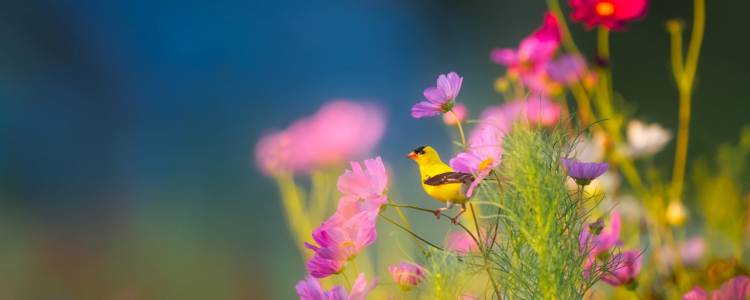
Integrating Wildflowers into Existing Landscapes
Integrating wildflowers into existing landscapes is not only beneficial for supporting bird habitats but also adds vibrant colours and visual appeal to your outdoor space.
One approach to integrating wildflowers is through creating designated areas or patches within an existing lawn or garden bed. By clearing a small section of grass or removing other plant species, you can create a dedicated space for wildflowers to thrive. This helps prevent competition from other plants and allows the wildflowers to establish themselves. Remember as mention above, consider the location in your garden ensuring it is still in close proximity to safety for small birds to access.
Another option is to incorporate wildflower borders along fences, pathways, or the edges of existing flowerbeds. This introduces the beauty of native blooms while seamlessly integrating them with the existing landscape design. For instance, if you already have an established flowerbed with roses or other flowering plants, you can border it with wildflower varieties such as cornflowers or poppies. This creates a dynamic contrast and attracts additional pollinators and birds to the area.
Remember, wildflowers may need time to establish themselves and reach their full potential. Patience is key as you observe their growth and monitor for any necessary maintenance, such as watering or pruning.
Here is our Favourite 10 Native UK Wildflowers
-
Common Teasel: Produces tall spiky flower heads that persist into winter, providing seeds favoured by small birds like goldfinches and greenfinches.
-
Field Scabious: Produces clusters of pale blue, pink, or purple flowers that bloom throughout the summer, attracting butterflies and bees. The seeds are sought after by small birds like finches and sparrows.
-
Common Sunflower: Native varieties produce large heads filled with seeds, a favourite food source for small birds such as finches, sparrows, and tits.
-
Red Campion: Woodland edge species with clusters of pink or red flowers in spring and summer. The seeds provide food for birds such as goldfinches, and the dense foliage offers shelter and nesting sites.
-
Cornflower: Produces beautiful blue flowers that attract pollinators like bees and butterflies, providing a crucial food source for small birds. After flowering, the plants produce small seeds relished by finches and sparrows.
-
Common Knapweed: Produces thistle-like flowers highly attractive to pollinators. The seeds are favoured by finches and sparrows, making it valuable for small bird populations.
-
Bird's-foot Trefoil: Low-growing perennial with bright yellow flowers that attract bees and other pollinators. The seeds are a valuable food source for small birds like goldfinches and linnets.
-
Oxeye Daisy: Produces large white flowers with a yellow centre, blooming from late spring to early summer. Attracts bees and butterflies, and the seeds are eaten by birds such as goldfinches and sparrows.
-
Yarrow: Hardy perennial with clusters of small white or pink flowers. The nectar-rich blooms attract pollinators, and the seeds provide food for small birds like finches and sparrows.
-
Common Thistle: Considered a weed by some, but its nutritious seeds are relished by birds, particularly goldfinches. Common thistle provides essential food for small birds and can be a valuable addition to bird-friendly gardens.
Frequently Asked Questions
What types of wildflowers are best for attracting small birds to my garden?
- Answer: Wildflowers that produce seeds, nectar, or attract insects are excellent choices for attracting small birds.
How do wildflowers benefit small birds?
- Answer: Wildflowers provide a natural food source for small birds, including seeds, nectar, and insects. Additionally, they offer cover and nesting materials, creating a safe and inviting habitat for birds to thrive.
When is the best time to plant wildflowers for attracting birds?
- Answer: The ideal time to plant wildflowers depends on your location and the specific species you're planting. In general, spring and fall are good times for planting wildflowers, as they coincide with periods of active growth and favourable weather conditions.
Do I need a large garden to attract small birds with wildflowers?
- Answer: No, you don't need a large garden to attract small birds with wildflowers. Even small patches or containers filled with bird-friendly wildflowers can attract a variety of bird species to your garden.
How can I ensure that my wildflower garden remains attractive to small birds throughout the year?
- Answer: To maintain a bird-friendly wildflower garden year-round, consider planting a variety of species that bloom at different times of the year. Additionally, providing supplemental food sources such as bird feeders and water sources can help sustain bird populations during periods when wildflowers aren't in bloom.

